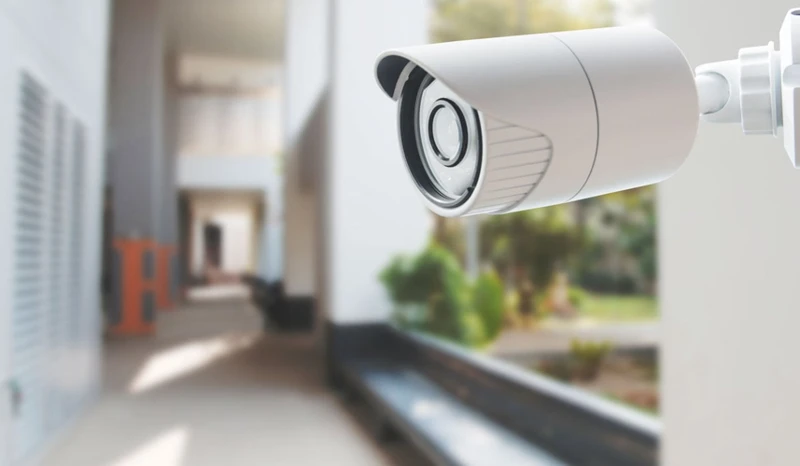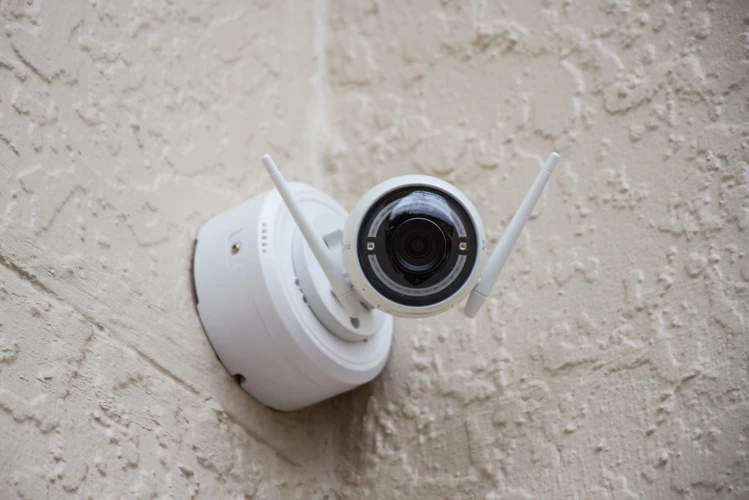In today’s fast-paced business environment, ensuring workplace safety and monitoring has become a top priority for many organizations. With the advent of advanced technologies, workplace video surveillance has emerged as a critical tool for businesses to safeguard their assets, monitor productivity, and ensure the safety of their employees. However, the implementation of video surveillance in the workplace is not without its complexities. Factors such as legal considerations, employee privacy, and ethical dilemmas must be carefully balanced to create a secure yet respectful work environment. In this blog post, we will delve into various aspects of workplace video surveillance, including legal frameworks, surveillance policy, security camera placement, and more, to provide a comprehensive understanding of the factors involved in implementing an effective video surveillance system.
Introduction to Workplace Video Surveillance

Importance of Workplace Safety and Monitoring
Ensuring the safety and security of the workplace is paramount for any business. Video surveillance plays a crucial role in deterring theft, vandalism, and ensuring the overall safety of employees and assets. It also aids in monitoring employee productivity and behavior, providing valuable insights for business improvement.
Video Surveillance Factors to Consider
Implementing video surveillance in the workplace requires careful consideration of several factors, including:
- Legal implications and compliance with laws
- Employee privacy concerns
- Strategic placement of cameras
- Integration with other security systems
Legal Aspects of Workplace Monitoring

Employee Privacy Laws and Regulations
Understanding the legal framework surrounding video surveillance is crucial for employers. Laws such as the Electronic Communications Privacy Act (ECPA) and various state laws regulate the extent to which monitoring can occur, balancing business interests with employees’ privacy expectations.
Surveillance Policy Compliance
It’s essential for businesses to develop a comprehensive surveillance policy that complies with legal requirements and is transparent to employees. This includes disclosing the presence and purpose of surveillance cameras, ensuring cameras are placed in appropriate areas, and respecting the privacy rights of employees.
Strategizing Security Camera Placement
Indoor vs. Outdoor Security Cameras
The placement of security cameras, whether indoor or outdoor, significantly impacts their effectiveness. Indoor cameras monitor internal activities, while outdoor cameras deter external threats and monitor perimeter security.
Maximizing Coverage and Minimizing Blind Spots
Strategic placement of cameras is vital to ensure maximum coverage and minimize blind spots. This involves placing cameras at entry and exit points, high-traffic areas, and sensitive locations within the premises.
Understanding Security Camera Guidelines
Best Practices for Implementing Surveillance
Adopting best practices for video surveillance, such as using high-quality cameras, ensuring proper lighting, and regularly maintaining the system, is essential for effective monitoring.
Adhering to Video Surveillance Ethics
Ethical considerations play a significant role in workplace surveillance. Employers must balance the need for monitoring with respecting employee privacy and autonomy, avoiding excessive surveillance that could lead to a negative work environment.
Outdoor Security Camera Considerations
Weather and Vandalism Resistance
Outdoor security cameras must be durable enough to withstand weather conditions and resistant to vandalism to ensure continuous operation and reliability.
Visibility and Deterrence Factors
The visibility of cameras can act as a deterrent to potential intruders. However, it’s essential to strike a balance between deterrence and maintaining a welcoming environment for employees and visitors.
Employee Privacy and Video Surveillance
Creating a Balance between Surveillance and Privacy
Finding the right balance between implementing surveillance for safety and productivity and respecting employee privacy is crucial. Transparent policies and open communication can help achieve this balance.
Informing Employees about Monitoring Practices
Employers must inform employees about the surveillance practices in place, including the location of cameras and the data collected. This transparency fosters trust and ensures compliance with privacy laws.
Developing a Comprehensive Surveillance Policy
Inclusions and Exclusions in Surveillance Policy
A well-developed surveillance policy should clearly outline the purposes of monitoring, areas under surveillance, data storage procedures, and access rights to surveillance footage.
Employee Access to Surveillance Footage
Determining who has access to surveillance footage is a critical aspect of a surveillance policy. Restricted access ensures data protection and privacy, while allowing for transparency where necessary.
Workplace Video Surveillance Technologies
Trends in Monitoring Equipment
Advancements in surveillance technology, such as high-definition cameras, AI-driven analytics, and cloud storage, are enhancing the effectiveness of workplace monitoring.
Integration with Other Security Systems
Integrating video surveillance with other security systems, such as access control and alarm systems, creates a comprehensive security solution that enhances safety and monitoring efficiency.
In today’s fast-paced business environment, understanding the multifaceted aspects of workplace video surveillance is more critical than ever. Whether you’re concerned about potential threats, the implications of camera placement, environmental considerations, adherence to protocols and policies, or the role of surveillance in preventing workplace violence, we have a series of insightful articles that delve deep into these topics. Explore the threats associated with workplace video surveillance, uncover the essential factors to consider when installing surveillance cameras, learn about the environmental factors affecting wired video surveillance systems, familiarize yourself with the necessary protocols and policies that govern the use of surveillance, and understand how surveillance can be a tool in preventing workplace violence. These resources provide a comprehensive overview for anyone looking to enhance security and safety in their workplace through the implementation of video surveillance systems.
Conclusion: The Future of Workplace Monitoring
Anticipating Changes in Surveillance Technology and Law
As technology evolves and legal frameworks change, businesses must stay informed and adaptable to navigate the future of workplace monitoring effectively.
Enhancing Workplace Safety and Security
Ultimately, the goal of workplace video surveillance is to enhance safety, security, and productivity. By considering the various factors discussed, businesses can implement effective and respectful surveillance practices that benefit everyone involved.







